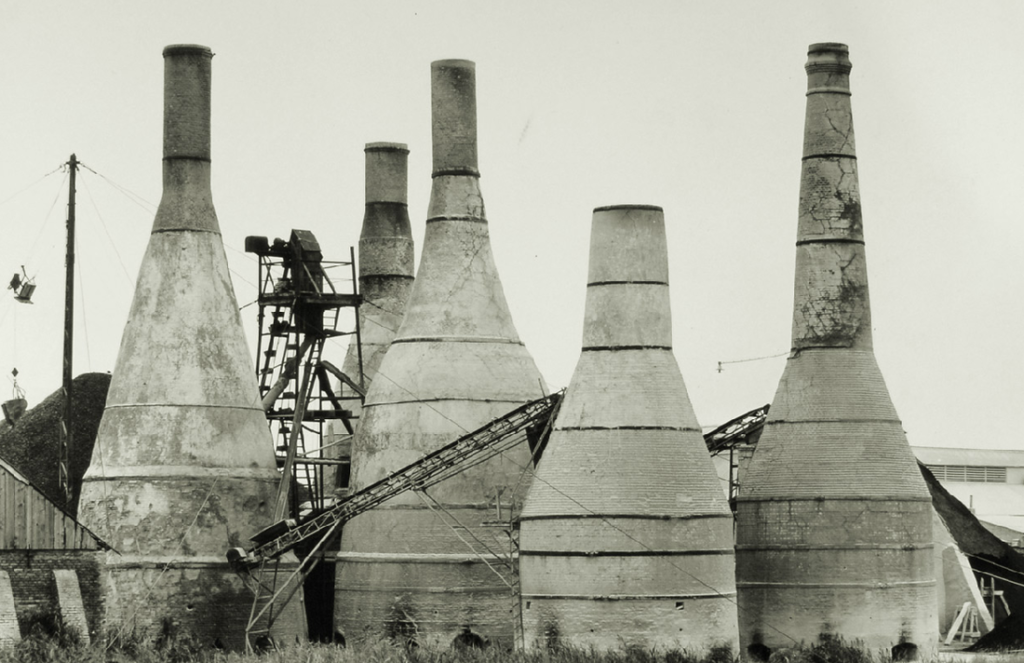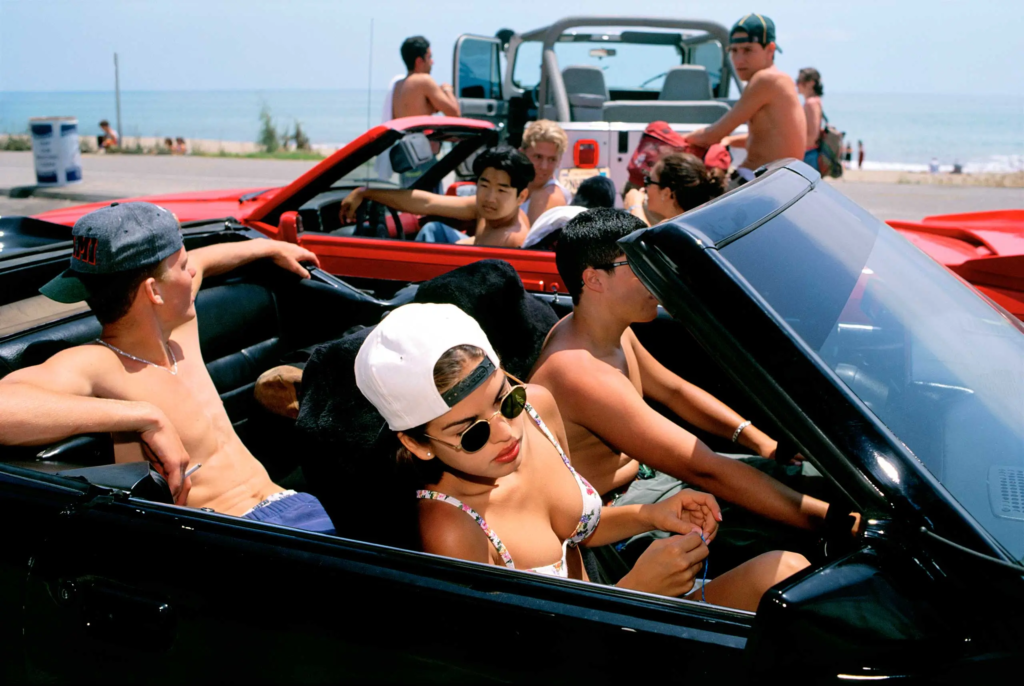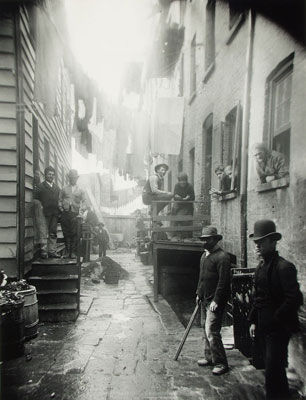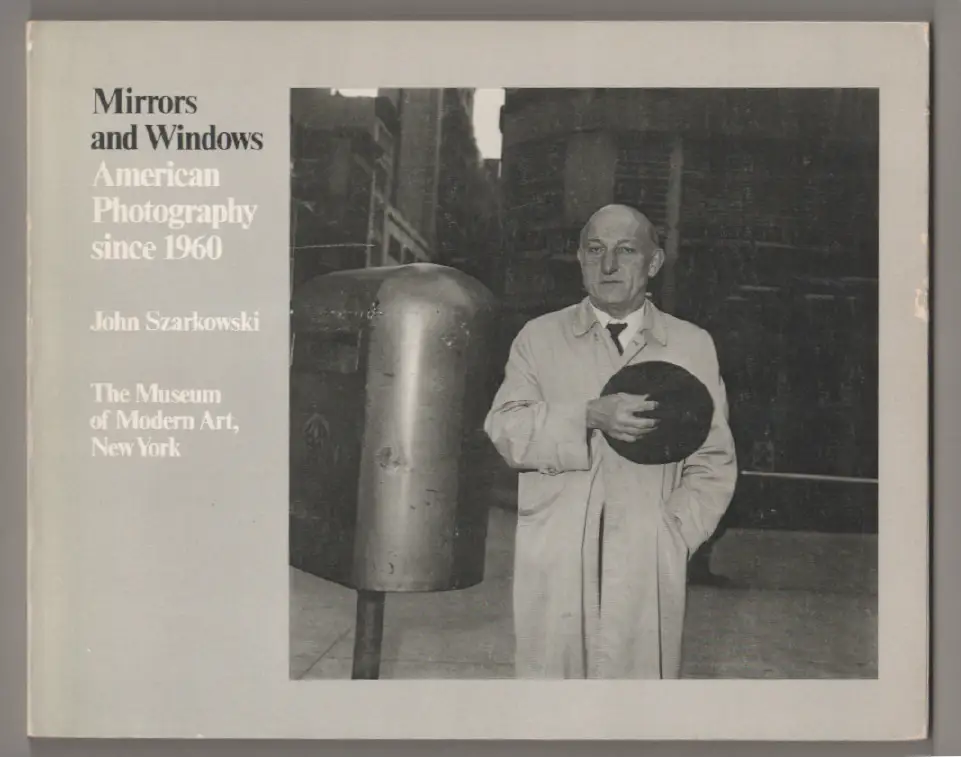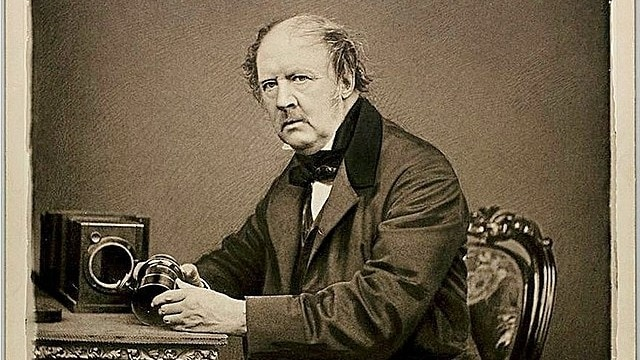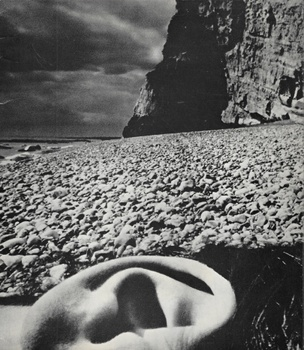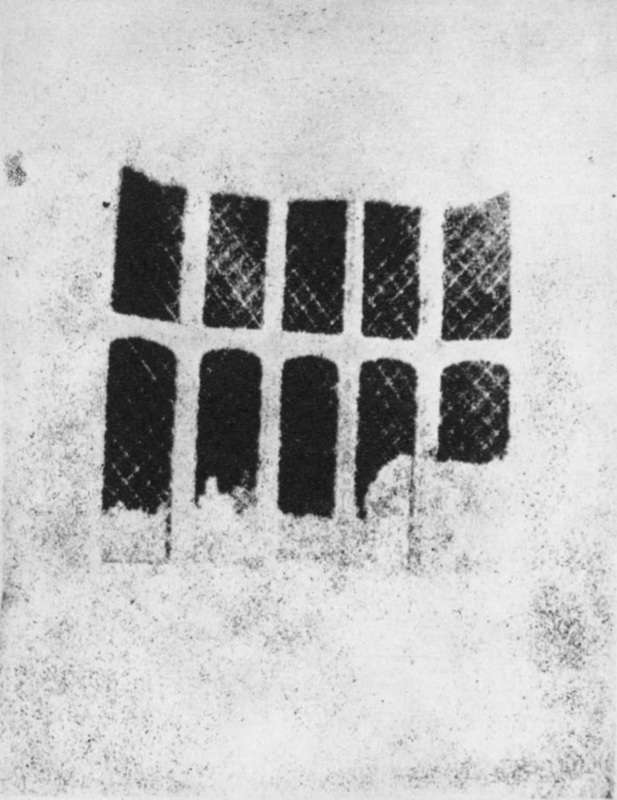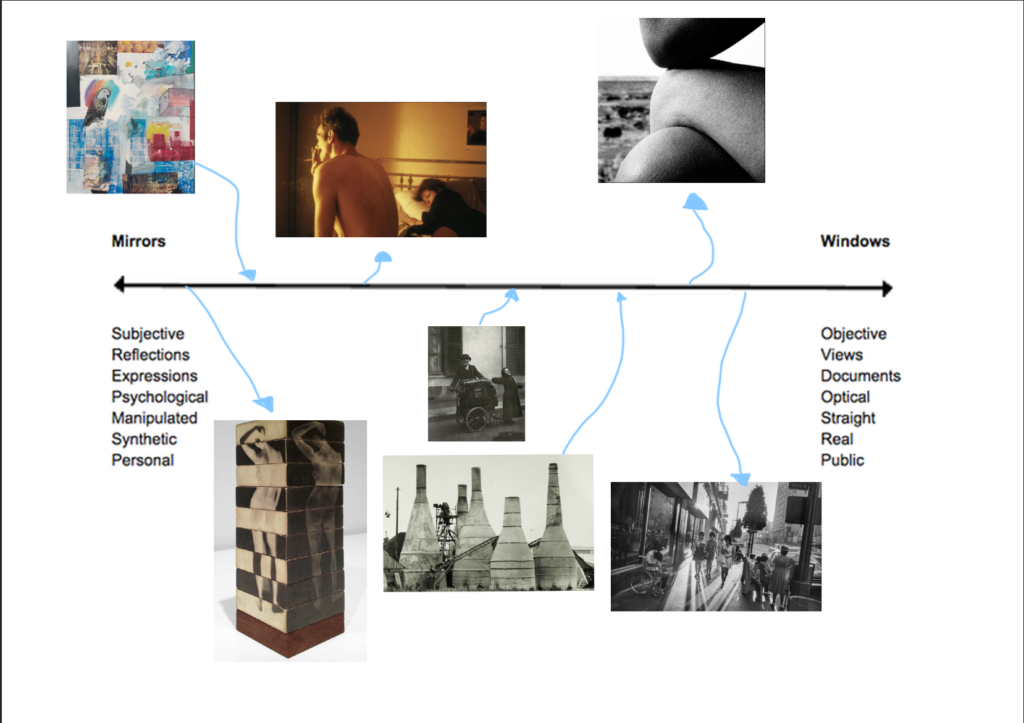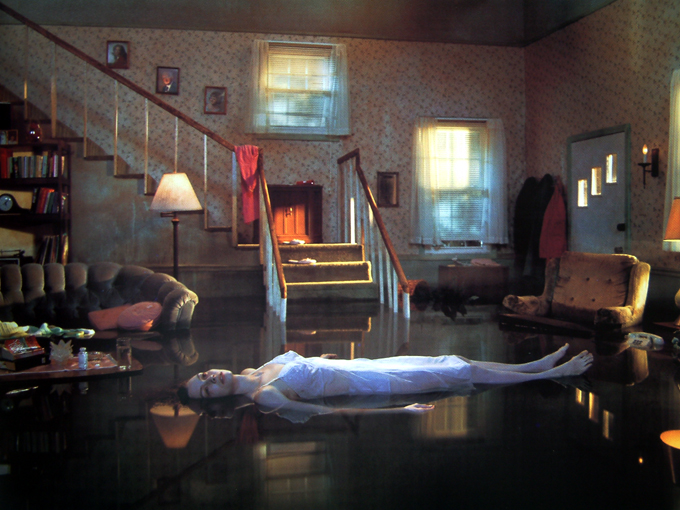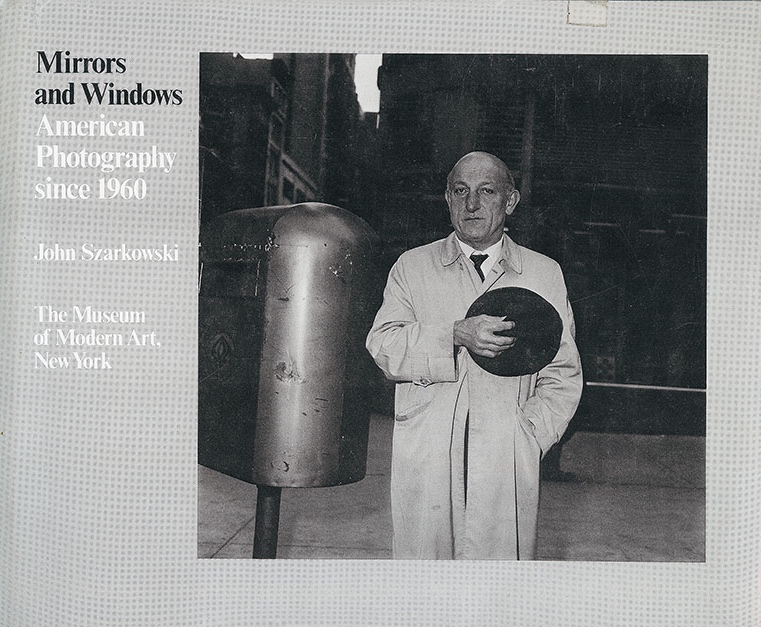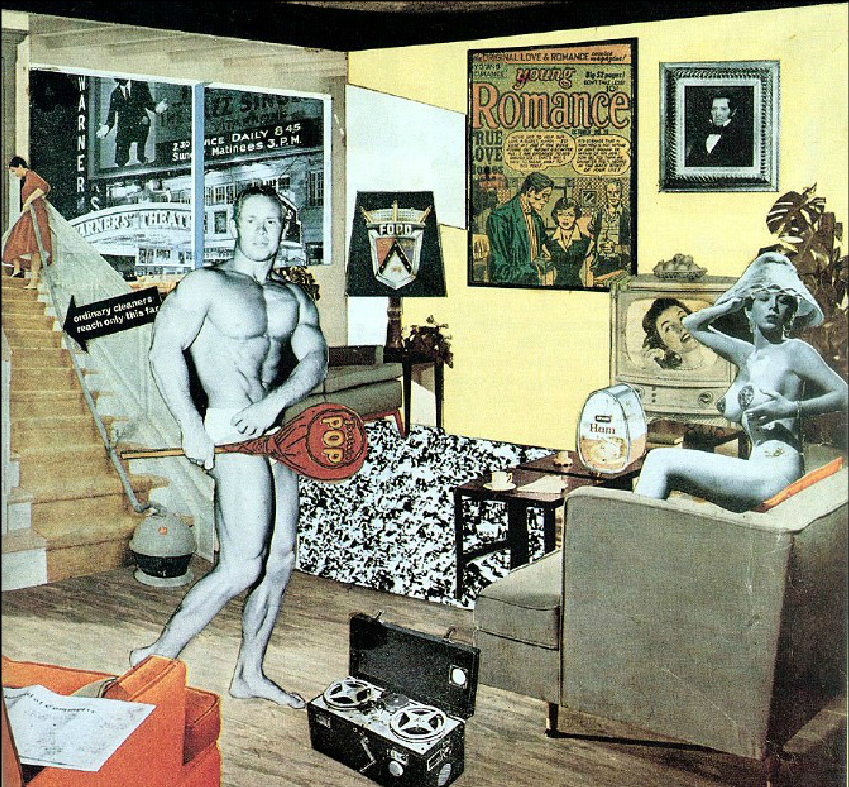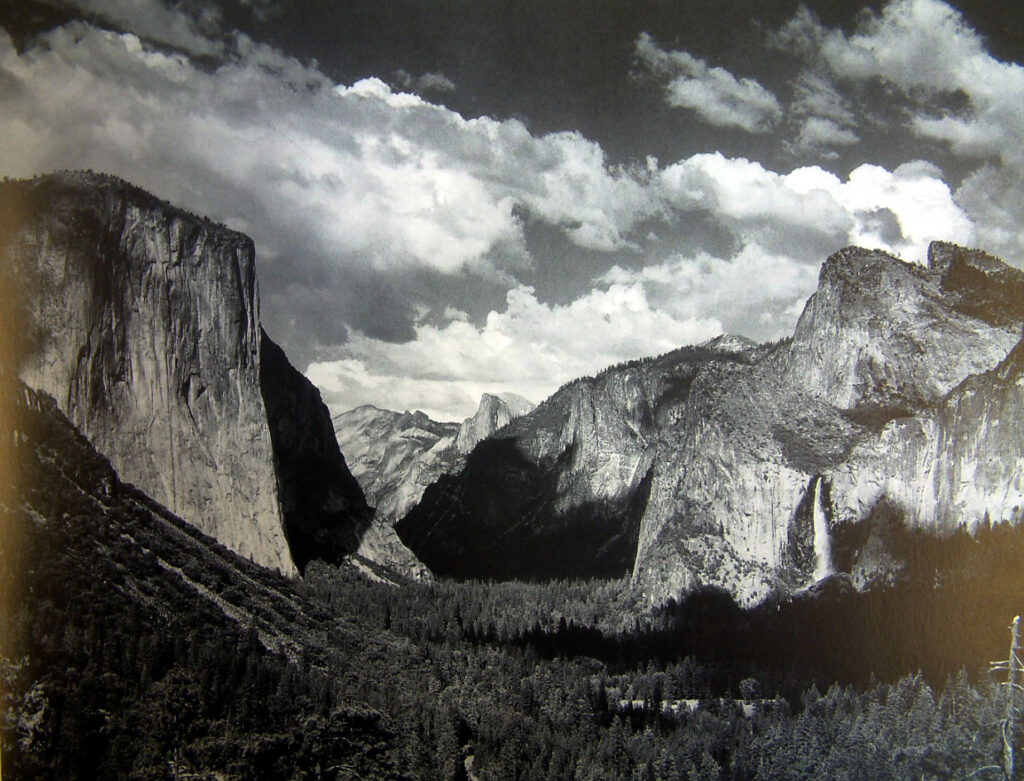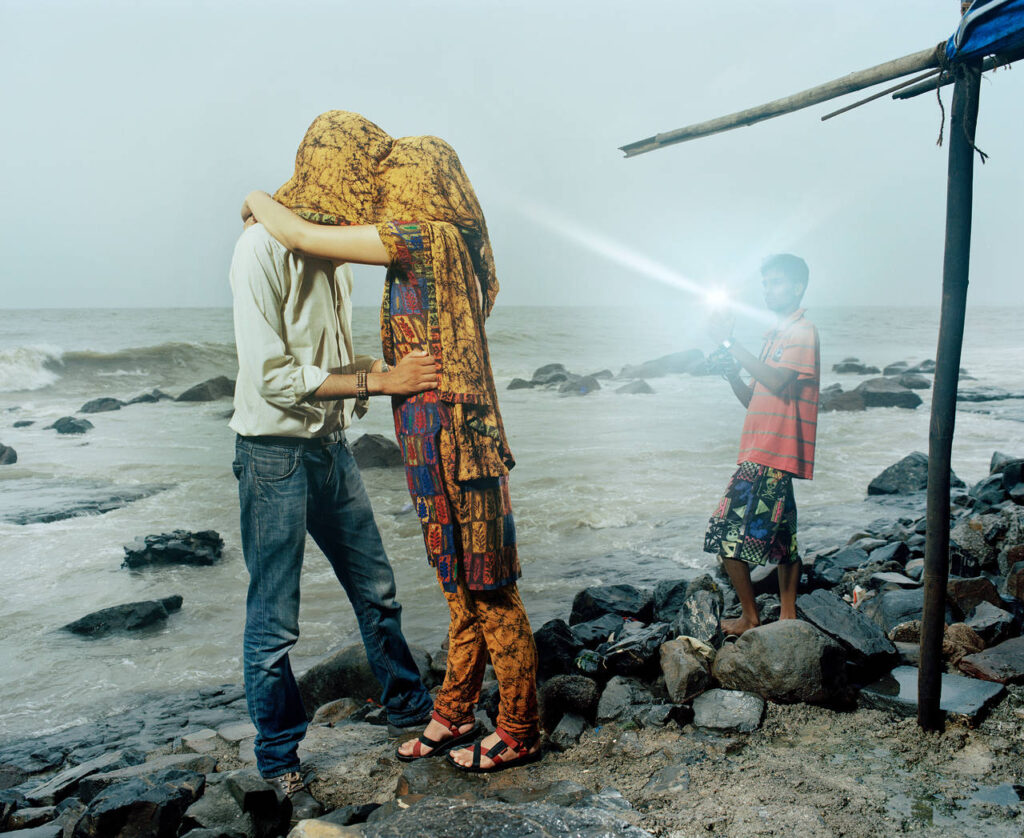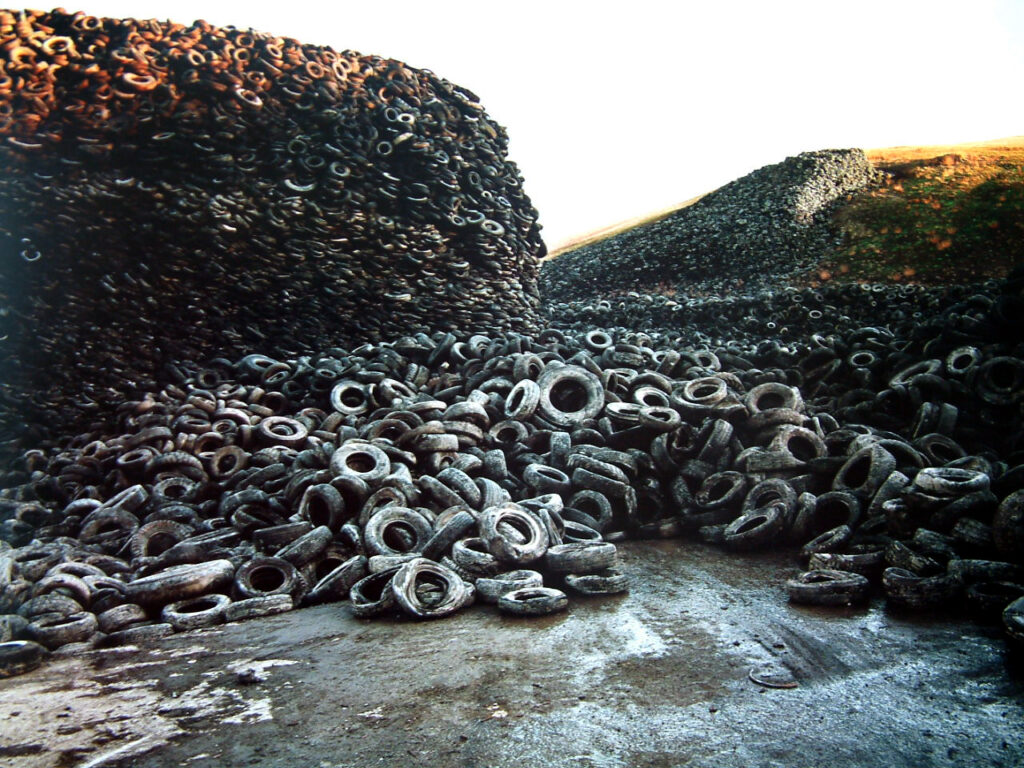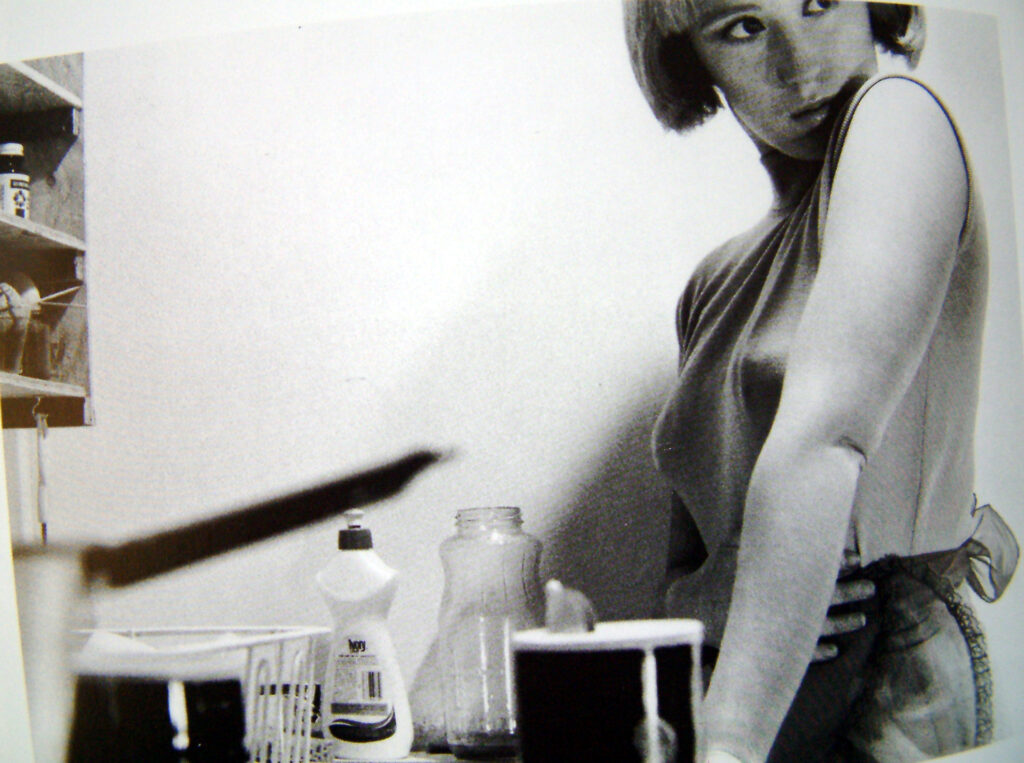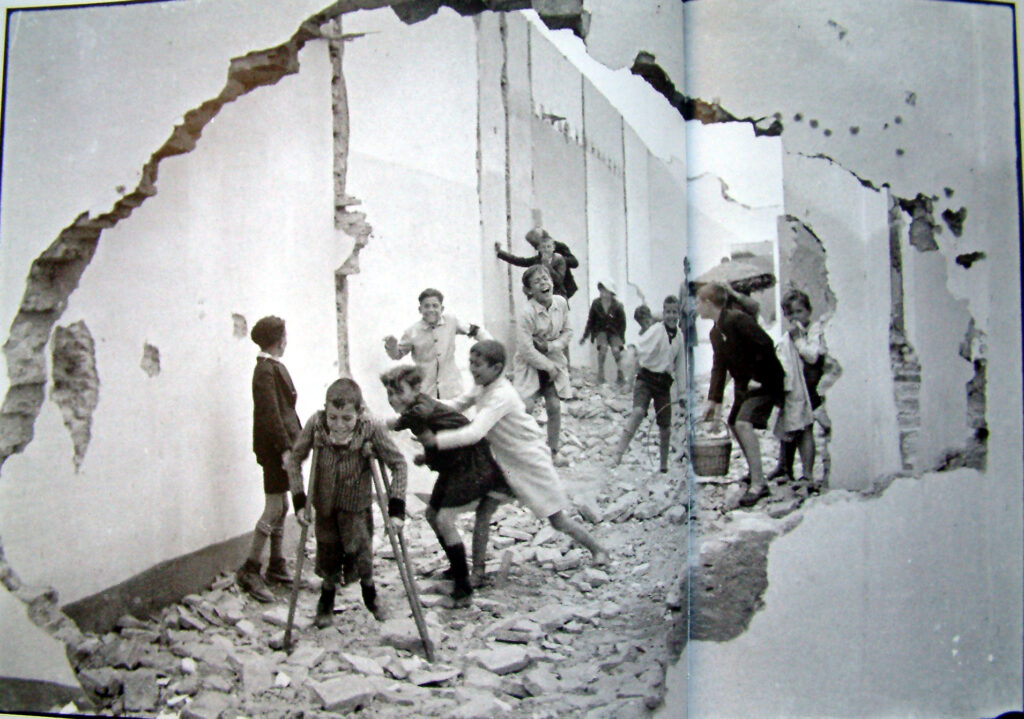The Calotype was an early photographic technique invented by William Henry Fox Talbot of Great Britain in the 1830s. Henry Fox Talbot experimented using paper and shoe boxes which he called “mousetraps” to create his image. He discovered a chemical (gallic acid) could be used to “develop” the image on the paper. The Daguerreotype, invented by Louis Daguerre and introduced worldwide in 1839. It was the first publicly available photographic process. In comparison to the calotype, Louis Daguerre used a mirrored metal plate instead of paper. Daguerre’s invention of the Daguerreotype eventually became less successful and Talbot’s Calotype became more popular. Both processes are long and tedious. Both invented in 1839 which meant there would be a competition between the two as they were invented in the same year. Both processes fix an image. I think that both the Calotype and the Daguerreotype can be considered as Mirrors and as Windows.
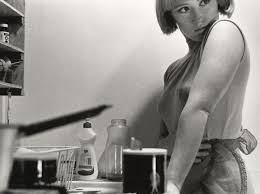
The image that I have chosen is a photo by Cindy Sherman. I decided that this image was a very obvious mirror for several reasons. A mirror image can be described as when the photographer is trying to demonstrate or reflect something that they feel about themselves or as John Szarkowski in his text, said a mirror is “reflecting a portrait of the artist who made it” and “a mirror- a romantic expression of the photographer’s sensibility as it projects itself on the things and sights of the world”. A photograph that is considered a mirror is a photo that reflects the self. It can reflect the subject both physically and emotionally. For example a portrait of an individual could be showing something personal like the way they are feeling in that moment or the way they wish to be perceived. Artists like Cindy Sherman uses her images to explore self-image. She uses photography as a mirror to show identity of females.
In this image, the main focus is the person in the image. Since the individual is Cindy herself, this is a strong indication that she is trying to reflect something she feels about herself by choosing herself to participate in being the model and not getting someone else to do it for her. This means the image is a type of selfie which further supports the idea of the image being a mirror. The image itself focusses on the feminine stereotypes since Sherman can be seen to be in the setting of a kitchen since the image shows things such as pans, shelving units and washing up items. This is stereotypical since it was normalised for woman to just be in the kitchens and she may be trying to show that idea. She can be seen to be looking over her shoulder and the viewer can interpret that to what they like but it was usually be a negative thing she may be looking at. Sherman is also seen holding her stomach which could be a usual comfort for a woman so this could further suggest something to make her uncomfortable is going on and further shows how she depicts the theme of vulnerability in her photos. The use of using herself in images further makes it a mirror image since she’s showing how an image reflects on how she feels and taking it to another level by actually using herself to show a stronger connection.
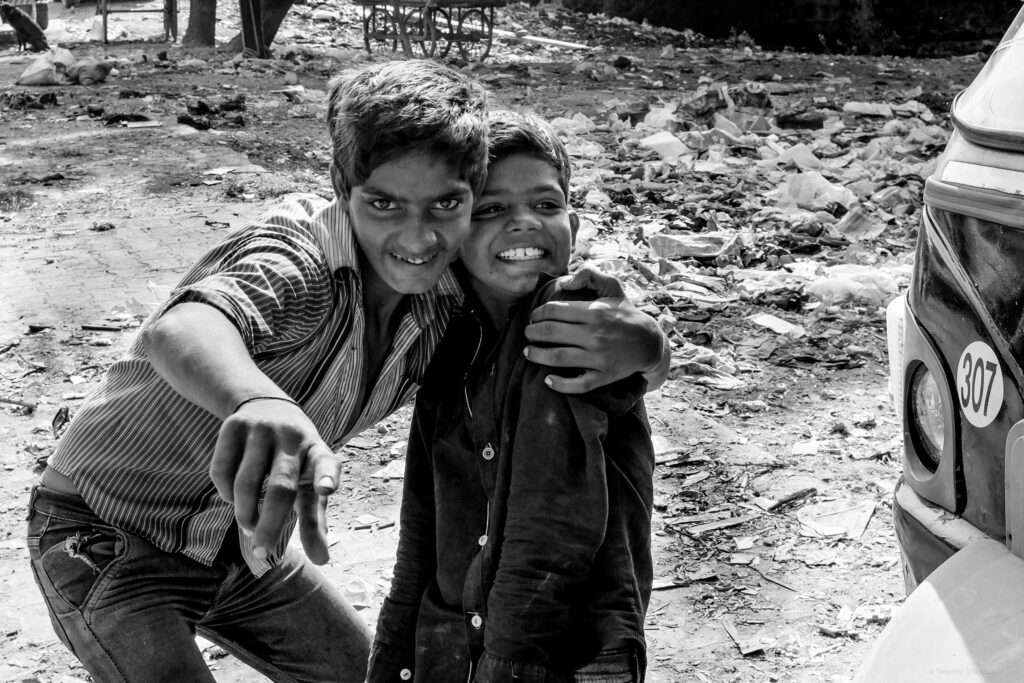
This is an image that I have chosen to represent Windows in photography. A photo is considered a window when the photo is attempting to offer a view into other worlds, experiences or cultures. They are photos of documentation rather than reflection which can tell us stories and expose us to environments we may have not experienced. Photographs that function as windows open up new perspectives and allow the viewer to see more. John Szarkowski explained his view of a photograph being a window by saying that a window is “through which one might better know the world?”. There are many reasons that make a photograph a window. For example they are able to transport the viewer back to that moment, evoking emotions, memories, or a sense of nostalgia. In this way, the photograph functions like a window into the past. As well as this it can be a window into other cultures which expose people to others lives and how they live differently. Windows can be interpretative and allow the viewer to decide for themselves the meaning of the photo.
in this particular photo, I think the reason that it is a window is because it is a window into another world. It is showing an insight into a world that the viewer may not have direct access to by exploring other cultures and a society different to our own. Through this photo, we can encounter new environments, people and experiences without physically being there. The image shows two boys who look happy when engaging in the photograph. However this juxtaposes their surroundings as it doesn’t look like they live in very good conditions. This image was taken on a photographers trip to India. I considered this a window image as the photographer is not from there so they aren’t ‘mirroring’ their own life but instead showing a representation of something else.
Overall, in contrast to Szarkowski’s opinions of deciding whether an image in either a mirror and a window, I believe that a photograph can also be both at the same time. It can reflect the viewer’s own inner world (a mirror) while simultaneously offering a view into something external, whether that’s a different place, culture, or moment in time (a window). The images I have chosen above have many differences and similarities. Cindy Sherman’s image is her playing a part to mirror struggles of female stereotypes. However the window image is an image of real life and not playing a part. Both images both aim to draw attention to factors in society.


